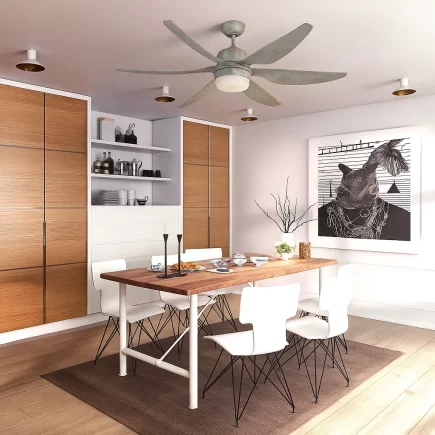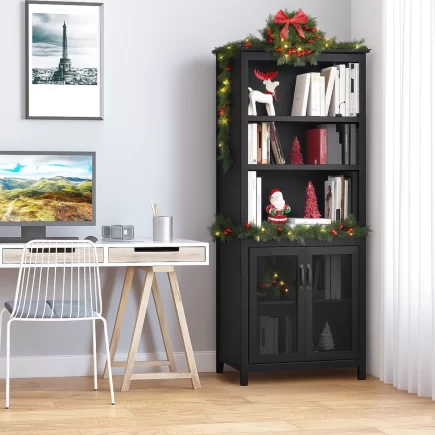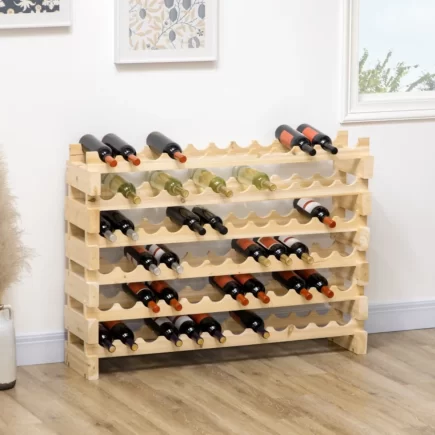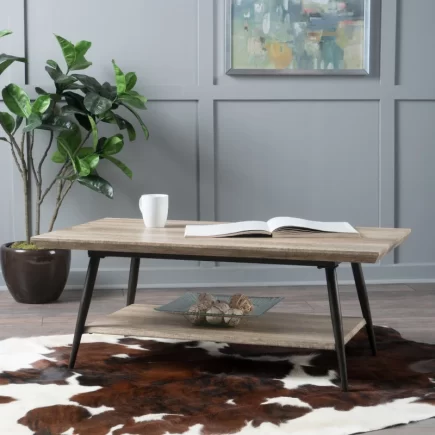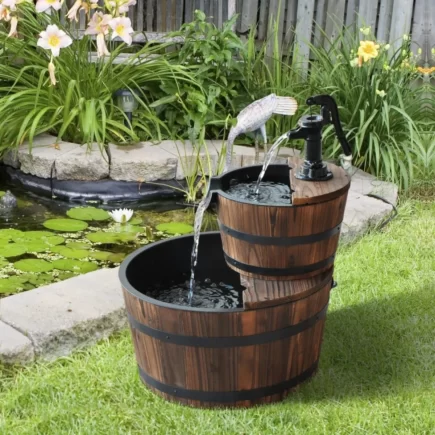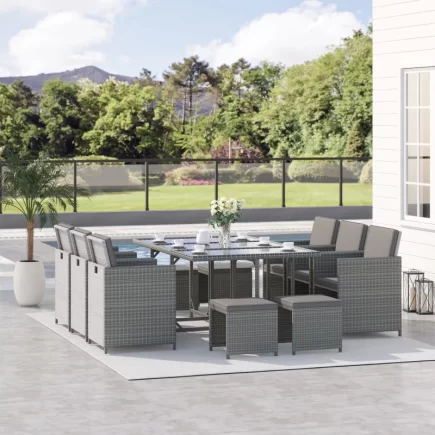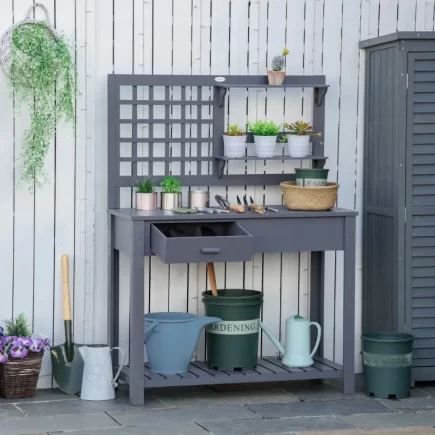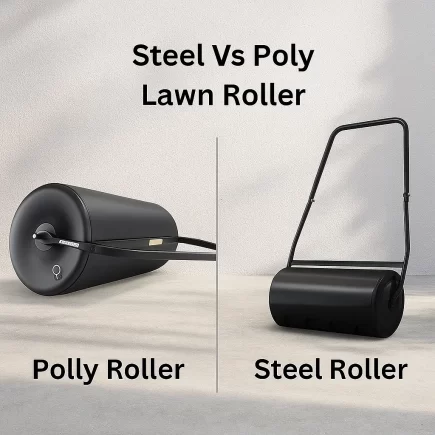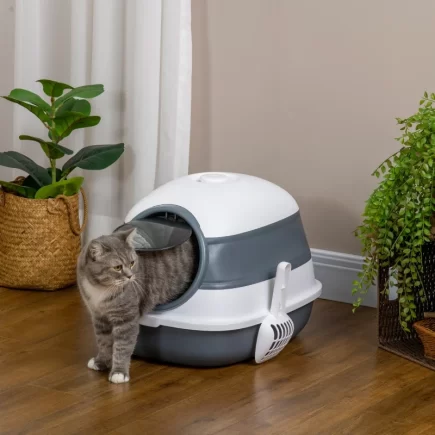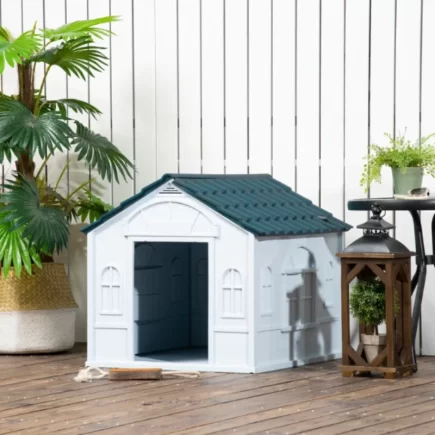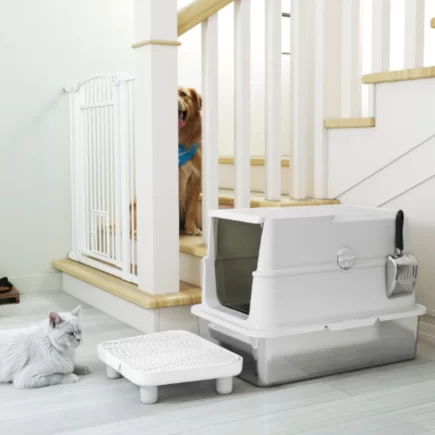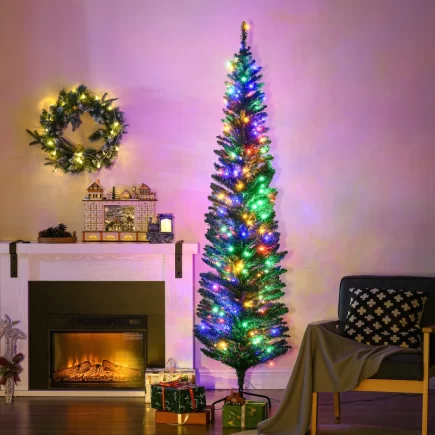Grilled salmon isn’t just a weeknight staple, it’s a restaurant-worthy main course you can easily master at home. Whether you’re preparing for a backyard barbecue, a healthy family dinner, or a keto-friendly meal, learning how to grill salmon correctly ensures flavorful, flaky results every time.
Grilled salmon is packed with lean protein, heart-healthy omega-3 fatty acids, and essential nutrients like B vitamins and potassium. It’s incredibly versatile, marinate it in a citrus glaze, dry rub it with herbs, or simply season with salt and pepper. Grilling also preserves nutrients better than frying, keeping the meal lean and flavorful.

1. Choosing the Right Salmon: Cuts, Types & Quality
Not all salmon is created equal. Here’s how to choose the best:
| Type | Description | Best For |
| Wild-Caught | Firmer texture, richer flavor, lower fat | Direct grilling |
| Farmed | Milder flavor, higher fat | Marinated or foil-grilled |
| Skin-On | Protects flesh, aids flipping | Grill directly on grates |
| Skinless | Requires mats or foil to prevent sticking | Gentle cooking methods |
Expert Tip: Look for vibrant orange or deep pink color, and avoid any fish that smells overly “fishy.”
2. Essential Gear for Grilling Salmon Like a Pro
Before you light up the grill, equip your space with essentials:
Top Grills for Salmon
- Outsunny Outdoor 3 Burner Gas Grill
- Three independently controlled burners and a warming rack allow precision heat management.
- Wheels for mobility and built-in thermometer ensure perfect grilling conditions.
- Great for medium-sized gatherings and efficient multi-zone cooking.

- Outsunny Barrel Charcoal BBQ Grill
- Offers a traditional smoky flavor with a 420 sq.in. surface.
- Vents and a thermometer ensure precise control over charcoal heat.
- Ideal for those who love that classic BBQ experience.

Accessories
- Fish Baskets: These metal baskets are perfect for holding salmon fillets securely, making flipping and removal effortless. They also reduce the chances of the fish flaking apart and falling into the fire.
- Grill Mats: Non-stick and reusable, grill mats offer a smooth cooking surface ideal for skinless salmon or marinated cuts. They keep grill grates clean while preventing delicate fillets from sticking.
- Long-Handled Spatulas: Essential for maneuvering hot salmon fillets. Look for spatulas designed for fish with a wide surface area and slotted body to allow juices to drain.
- Digital Meat Thermometers: Precision matters when grilling salmon. A quick-read digital thermometer ensures you hit the perfect internal temperature, 125°F for medium, without overcooking.

3. Prepping Salmon for the Grill
Before placing your salmon on the grill, proper preparation is essential for locking in flavor and moisture. Begin by bringing the fillets, simply soak them in a saltwater solution (1 tablespoon of salt per cup of water) for about 15 minutes. This step helps the fish retain its natural moisture and improves its ability to withstand the intense heat of the grill. Once brined, pat the salmon dry and apply your choice of seasoning. A dry rub made with paprika, garlic powder, and brown sugar adds a smoky sweetness, while marinades using soy sauce, honey, and lemon juice infuse the fish with tangy, savory notes. Opting for skin-on salmon has an added advantage: the skin acts as a natural barrier between the delicate flesh and the grill grates, helping to prevent overcooking and sticking while adding an extra layer of crisp texture when seated properly.

4. Direct vs. Indirect Heat: Which Grilling Method Is Best?
| Method | Use Case |
| Direct Heat | Best for thin, skin-on fillets. Fast sear, crisp skin. |
| Indirect Heat | Great for thick or skinless cuts. Cooks evenly, avoids burning. |
Tip: Use the two-zone method: direct heat on one side, indirect on the other.
5. Grill Salmon on Gas or Charcoal
On a Gas Grill
- Preheat your grill to medium-high heat, aiming for around 400°F.
- Thoroughly oil the grates using a high-smoke-point oil (like canola) to prevent sticking.
- Place the salmon fillets skin-side down directly over the hottest part of the grill.
- Close the lid and allow the salmon to cook undisturbed for 6–8 minutes. The skin will help protect the delicate flesh.
- Gently flip using a wide spatula and cook for an additional 2–4 minutes, or until the internal temperature reaches 125–130°F for medium doneness.
If you’re using a gas grill like the Outsunny 4 Burner Propane Gas Grill, its 40,000 BTU output and side burner make it easy to manage multiple cooking zones and prepare a variety of sides while you grill your salmon.

On a Charcoal Grill
- Arrange coals on one side of the grill to create a two-zone heat setup, allowing for both searing and gentle cooking.
- Start by placing the salmon skin-side down over the hot zone to sear for 2–3 minutes, which locks in juices and adds a smoky char.
- Once seared, transfer the fillets to the cooler side of the grill. Close the lid and continue cooking until the internal temperature reaches 125–130°F, about 6–8 more minutes depending on thickness.
For a more portable solution, the Outsunny Charcoal Barbecue Grill is a great option. Its compact design and adjustable vents allow you to easily control airflow and heat.

6. Grill Setup & Temperature Control Basics
| Salmon Doneness | Internal Temp | Color & Texture |
| Medium-Rare | 120–125°F | Bright orange, slightly soft |
| Medium | 125–130°F | Opaque, flaky |
| Well-Done | 135°F+ | Firm, drier |
Control Tips:
- Always preheat the grill.
- Keep the lid closed for consistent heat.
- Watch for flare-ups, keep a spray bottle handy.
7. Should You Use Foil or Grill Mats?
| Option | Pros | Best For |
| Foil | Easy cleanup, keeps marinades in | Skinless, delicate cuts |
| Grill Mats | Reusable, prevents sticking | Beginners, flaky fish |
8. When and How to Flip Salmon
Use a wide spatula or fish turner to gently lift the salmon. Flip only once, do so when the edges turn opaque and the fish releases easily from the grill grates. If the salmon resists lifting, let it cook a bit longer; it will naturally release when it’s ready, minimizing the risk of tearing the fillet.
9. Flavoring Techniques: Rubs, Marinades & Glazes
Store-Bought Rubs
- Look for spice blends with paprika, dill, lemon zest, and garlic for a smoky and tangy profile.
- Add cayenne or brown sugar for subtle heat or sweetness.
- Blends with mustard powder or crushed coriander offer extra depth of flavor.

Homemade Marinade Recipe
- 2 tbsp soy sauce – Adds rich umami and saltiness, creating a savory foundation that soaks deep into the salmon.
- 1 tbsp olive oil – Helps blend ingredients evenly and keeps the fish juicy while grilling.
- 1 tsp honey – Adds a subtle sweetness that balances salt and promotes caramelization.
- 1 tsp minced garlic – Provides bold, aromatic flavor that enhances every bite.
- Juice of ½ lemon – Offers brightness and acidity to tenderize the salmon and refresh its flavor.
Bonus: Brush on a teriyaki glaze in the last 2 minutes for a caramelized finish.
10. Avoiding Common Mistakes
| Mistake | Fix |
| Overcooking | Use a thermometer—remove at 125°F |
| Sticking to the grill | Oil the grates and don’t move fish early |
| Dry salmon | Brine before grilling or use indirect heat |
11. Serving Suggestions & Flavor Pairings
- Sides: Grilled asparagus, quinoa salad, garlic mashed potatoes
- Sauces: Dill yogurt sauce, mango salsa, chimichurri
- Drinks: Pinot Noir, Chardonnay, citrus-infused sparkling water

12. Final Thoughts: Grilled Salmon for Any Occasion
Grilling salmon isn’t just a cooking method, it’s a lifestyle upgrade. Whether you’re enjoying it on a weekday with your family or serving it during a weekend cookout, this dish checks all the boxes: healthy, satisfying, and endlessly adaptable. Plus, it pairs effortlessly with a wide range of side dishes and drinks, making it a go-to for both casual meals and special occasions.
FAQS
1.How do I fix uneven cooking when grilling salmon?
Uneven cooking on the grill happens due to hot spots or fluctuating temperatures. To fix this, create a two-zone setup: one side with direct heat and the other with indirect heat. Move the salmon as needed for even cooking. Rotate the fillet 180 degrees halfway through for balanced heat exposure.
2.Can I grill frozen salmon without thawing it first?
Yes, grilling frozen salmon is possible. Start by rinsing off any ice glaze, patting the fish dry, and grilling it over indirect heat. Cook it at a lower temperature for 15–20 minutes, flipping once. Use a thermometer to ensure the internal temperature reaches 125°F, preventing overcooking the outside.
3.Why does my grilled salmon have white residue?
The white substance you see is albumin, a natural protein that appears when salmon cooks too quickly or at high heat. To reduce albumin, grill at a moderate temperature. Prepping the salmon by bringing it to room temperature before cooking can help lock in moisture and minimize albumin release.
4.How can I prevent salmon from drying out on the grill?
To avoid dry salmon, brine the fillets for 10–15 minutes before grilling. Use indirect heat for thicker cuts and aim for an internal temperature of 125°F. Don’t forget to marinate or apply a glaze—this keeps the fish moist while enhancing flavor.
5.What causes my salmon to flake apart before serving, and how can I stop it?
Overcooking or flipping the salmon too early can cause it to fall apart. Wait until the edges are opaque and the fish naturally lifts from the grates. Use a fish basket or a wide spatula to flip the fillet and maintain its integrity.



